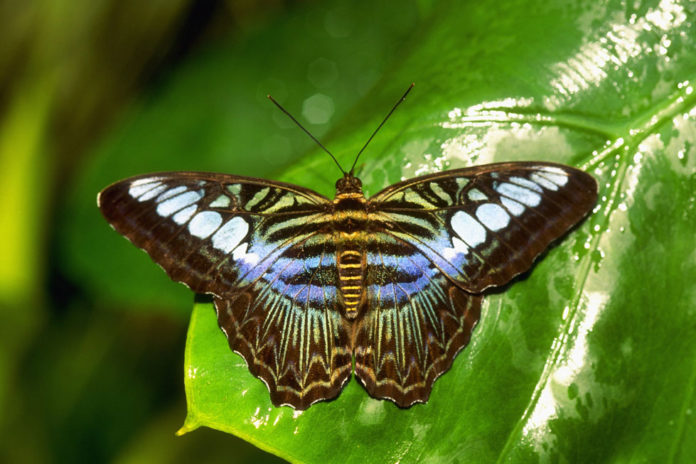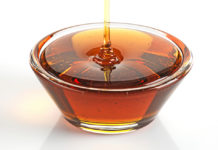
In 1964, scientists Peter Raven and Paul Erhlich introduced the theory of co-evolution, which suggests that two species can drive each other’s evolution through competition for survival. Now, nearly 50 years later, an international research team led by the University of Missouri (MU) and Stockholm University (SU) has used cutting-edge genomics to discover which scientific mechanisms are responsible for this phenomenon.
All those years ago, Raven and Erhlich based their study on the relationship between some kinds of plants and butterflies. To better analyze and verify this study, the scientists at MU and SU re-analyzed the histories of these same species side-by-side with the added use of advanced genomics. The findings? Apparently, throughout history, certain types of butterflies have responded to major advancements in the chemical defenses of various plant species by evolving biological counter-tactics that allowed them to keep eating those plants.
The involved scientists say that these findings may provide genetic clues for producing heartier plants and food for the growing global population.“If we can harness the power of genetics and determine what causes [this phenomenon], we could produce plants that are more pest-resistant to insects that are co-evolving with them,” says Chris Pires, a researcher in the Bond Life Sciences Center at MU. “[These findings] could open different avenues for creating plants and food that are more efficiently grown.”













